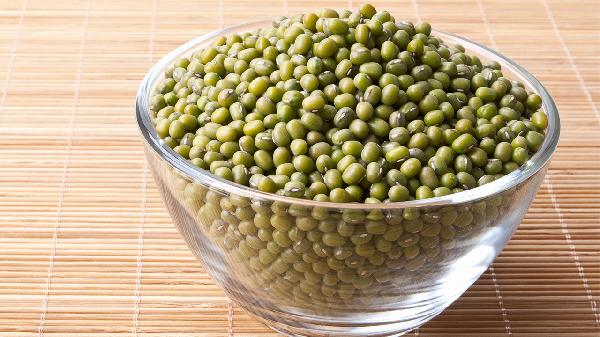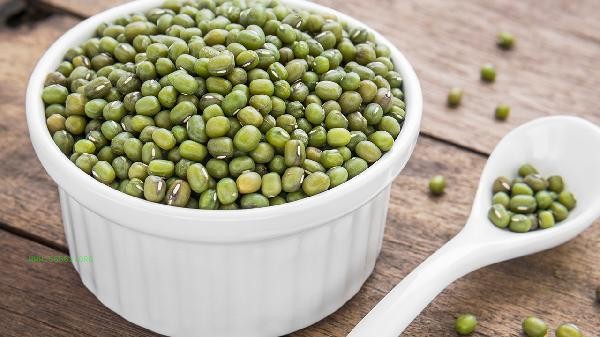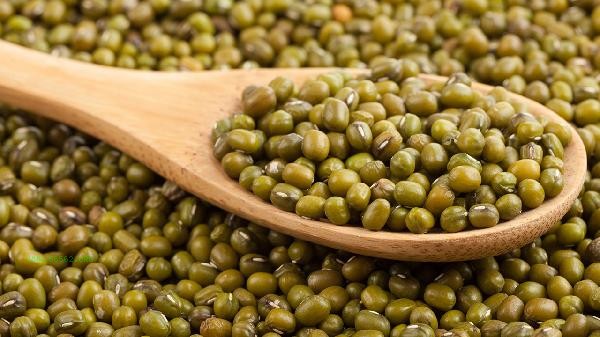The redness of mung beans after cooking is mainly related to the oxidation of polyphenolic substances in the mung bean skin, which is a normal phenomenon. Green bean skin contains abundant polyphenol oxidase, which undergoes enzymatic browning reaction when exposed to oxygen during high-temperature cooking, resulting in a color change from green to red. Polyphenols in mung bean skins are gradually released during heating, and oxidation reactions accelerate when exposed to alkaline water or prolonged exposure to air. The water quality in northern regions tends to be alkaline, which makes it easier for mung bean soup to turn reddish brown. This discoloration does not affect food safety, but may cause the loss of some water-soluble vitamins. In some cases, the abnormally bright color of mung beans after cooking may be related to non food coloring pollution. If green beans quickly fade during soaking or appear unnatural red after cooking, be alert to inferior products. The reddish brown color produced by normal cooking of mung beans purchased through legitimate channels belongs to natural ingredient changes. To maintain the green color of mung bean soup, you can choose pure water or add a small amount of lemon juice to adjust the acidity and alkalinity. After boiling, cover it in time to reduce oxidation. Green beans are rich in high-quality protein and B vitamins. Moderate consumption in summer can help clear heat and relieve summer heat, but those with spleen and stomach deficiency and cold should control their intake. The red mung bean soup can still be safely consumed, and its dietary fiber and mineral content have not been significantly affected.











Comments (0)
Leave a Comment
No comments yet
Be the first to share your thoughts!